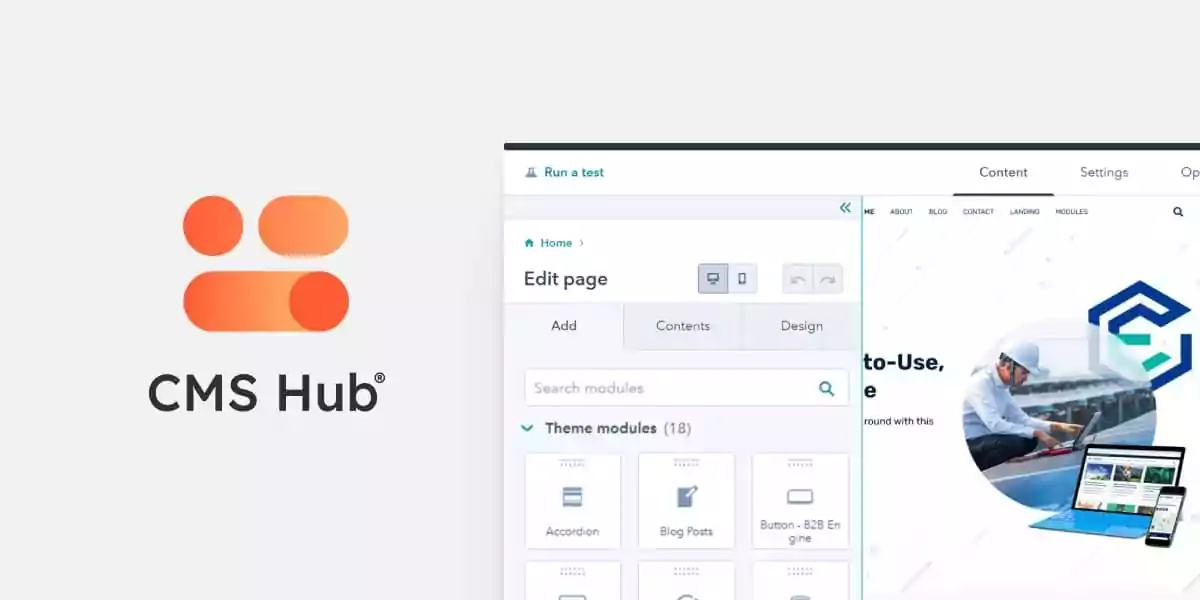Understanding Inbound: The HubSpot Methodology
The term 'Inbound' has become a popular buzzword in digital marketing, but did you know that it was coined by Brian Halligan, the co-founder of HubSpot, back in 2015? It is interesting to see how many businesses use this term without truly understanding its meaning and application. This lack of understanding can lead to confusion and misalignment within teams.
So what exactly is 'inbound', and how does it fit into HubSpot's methodology and the flywheel model? Let's dive in and explore.
What is Inbound?
Inbound is a robust business methodology around captivating customers by creating exceptional content and personalized experiences. In stark contrast to outbound marketing, which often bombards audiences with unwanted content, inbound marketing establishes meaningful connections by addressing the specific problems and desires that customers already possess.
The Three Phases of the Inbound Methodology
HubSpot's inbound methodology is structured around three crucial phases: Attract, Engage, and Delight. These phases serve as milestones in the customer's journey, guiding them from their initial interaction with your brand to becoming a loyal advocate.
Attract: The first phase involves captivating the right audience through valuable content and meaningful conversations. By positioning yourself as a trusted advisor, you establish a strong connection that encourages further engagement.
Engage: Once you have attracted your target audience, the next step is to provide insights and solutions that directly address their pain points and goals. This tailored approach increases the likelihood of conversion and drives them to choose your brand.
Delight: In the final phase, your focus shifts towards supporting and empowering your customers, ensuring their success with their purchases. Turning satisfied customers into enthusiastic promoters creates a ripple effect that amplifies your business's growth.
Remember, the inbound methodology is not just a marketing strategy but a philosophy that centres around the customer. By implementing this approach and harnessing the comprehensive tools provided by HubSpot, businesses can create a customer-centric experience that fuels sustainable growth.
Inbound, the Flywheel Model, and HubSpot

The flywheel model, developed by HubSpot, represents the immense momentum your organization can achieve by prioritizing and delivering unparalleled customer experiences. Unlike traditional 'funnels', this model showcases the power of creating exceptional customer experiences that attract new customers and drive future customers to your business.
The flywheel symbolizes the journey that your customers embark on and demonstrates how the different phases of the inbound methodology (Attract, Engage, Delight) intertwine and synergize to keep the wheel spinning and increase its momentum. This model has proven incredibly valuable when shared with individuals within your organization, as it effectively communicates key principles in a simple and digestible manner.
Inbound and Lean Principles
The inbound methodology perfectly aligns with lean management principles, prioritising delivering value to the customer, eliminating inefficiencies, and continuously improving.
Delivering Value to the Customer: At the core of inbound marketing is the commitment to providing value to customers. This involves creating tailored content and experiences that address their needs, interests, and challenges.
In each stage of the inbound methodology (Attract, Engage, and Delight), businesses must deeply understand what value means to their customers. This knowledge allows them to create meaningful connections and build long-lasting relationships.
Eliminating Inefficiencies: In the context of inbound marketing, inefficiencies do not add value to the customer. This can include irrelevant content, unnecessary steps in the customer journey, or subpar customer service. The inbound methodology seeks to eliminate these inefficiencies by focusing on what truly matters to customers.
Applying this concept to the flywheel model, inefficiencies are represented as 'friction' that can slow down the flywheel's momentum. By identifying and addressing these friction points, businesses can keep the flywheel spinning smoothly and accelerate growth.
Continuous Improvement: The inbound methodology fosters a culture of continuous learning and improvement. This is achieved by regularly measuring and analysing marketing, sales, and service performance, actively seeking customer feedback, and making necessary adjustments to enhance the overall customer experience.
By embracing lean management principles, businesses can fully harness the power of the inbound methodology and drive sustainable growth by consistently delivering exceptional customer value, streamlining processes, and continuously striving for improvement.
Next steps
Inbound goes beyond just a marketing strategy; it embodies a philosophy that places the customer at the core of every business decision. It entails creating value, fostering strong relationships, and positively impacting everyone who interacts with your brand. With HubSpot's comprehensive suite of tools, businesses have all the resources necessary to implement this methodology and drive exponential growth seamlessly.
By truly understanding and embracing the principles of inbound, businesses can curate a customer experience that effortlessly attracts and converts leads, ultimately transforming them into enthusiastic promoters. This creates a self-perpetuating cycle of growth that propels the business forward.
-1.png?width=200&height=71&name=Black%20And%20Beige%20Modern%20Simple%20Aesthetic%20Minimalist%20Dialogue%20Agency%20Logo%20(1)-1.png)
 By
By

